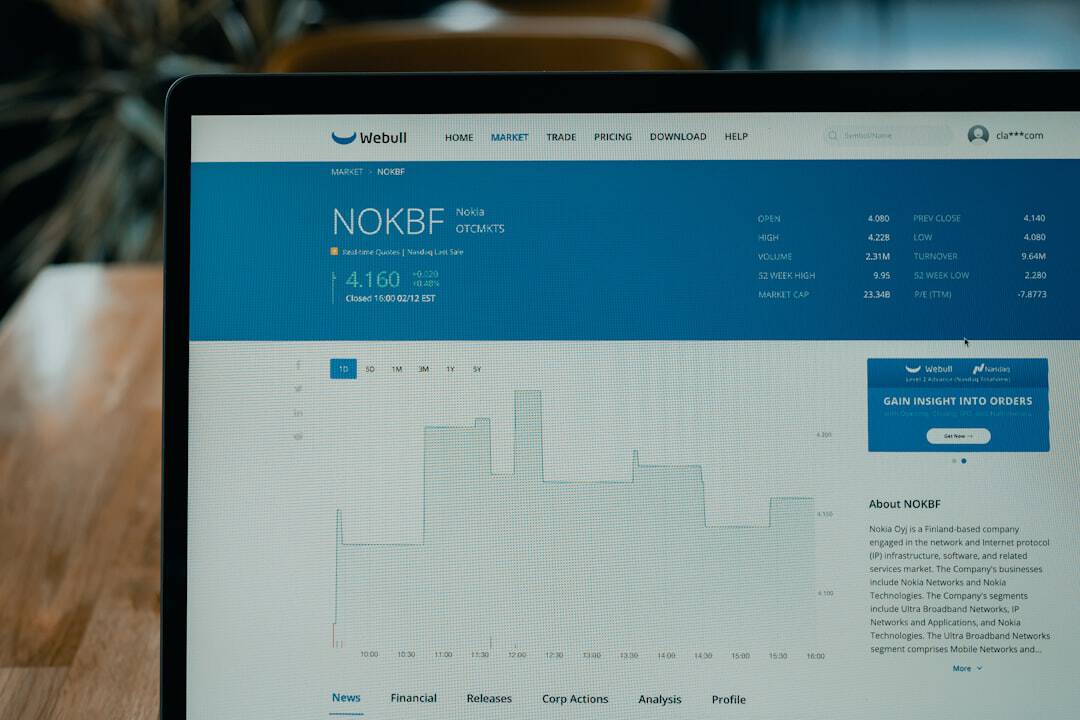Zero Trust Network Access (ZTNA) is a security model that eliminates trust based on network location within an organization. Traditional perimeter-based security models, which assume internal network elements are trustworthy and external ones are potential threats, have become outdated due to the rise of remote work, cloud applications, and mobile devices. ZTNA operates on the principle of “never trust, always verify.” This approach requires authentication and authorization for all users, regardless of their location relative to the corporate network.
ZTNA employs various technologies including identity and access management (IAM), multi-factor authentication (MFA), encryption, and micro-segmentation to ensure that only authorized users can access specific resources under necessary conditions. The implementation of ZTNA offers organizations a more secure and flexible approach to network access. By moving away from perimeter-based security, ZTNA reduces the risk of unauthorized access and data breaches.
It also enables organizations to adopt modern work practices like remote work and bring your own device (BYOD) policies without compromising security. ZTNA provides a robust and adaptable security framework suited to the current digital landscape.
Key Takeaways
- Zero Trust Network Access (ZTNA) is a security model that eliminates the idea of trust based on location and adopts a “never trust, always verify” approach.
- Implementing Akamai ZTNA can lead to improved security, reduced risk of data breaches, and enhanced user experience for remote and on-premises access.
- Akamai ZTNA works to secure access by authenticating and authorizing every user and device, encrypting traffic, and providing granular access controls based on user identity and context.
- Key features of Akamai ZTNA include seamless user experience, adaptive access policies, integration with existing infrastructure, and comprehensive visibility and analytics.
- Best practices for implementing Akamai ZTNA include conducting a thorough assessment of access requirements, defining access policies based on user identity and context, and regularly monitoring and updating access controls.
The Benefits of Implementing Akamai ZTNA
Akamai ZTNA offers several key benefits for organizations looking to enhance their network security. Firstly, it provides granular access control, allowing organizations to define and enforce access policies based on user identity, device posture, location, and other contextual factors. This ensures that only authorized users with compliant devices can access specific resources, reducing the risk of unauthorized access and data breaches.
Secondly, Akamai ZTNA improves user experience by providing secure access to applications and resources regardless of the user’s location. This is particularly important in today’s distributed work environment, where employees may be working from various locations and using different devices. By providing seamless and secure access, Akamai ZTNA enables organizations to support remote work without compromising security or user experience.
Additionally, Akamai ZTNA helps organizations simplify their security infrastructure by consolidating access control and security policies into a single platform. This reduces complexity and management overhead, allowing organizations to streamline their security operations and improve overall efficiency. By implementing Akamai ZTNA, organizations can achieve a more secure, flexible, and user-friendly approach to network access.
How Akamai ZTNA Works to Secure Access

Akamai ZTNA works by creating a secure overlay network that connects users to applications and resources without exposing them to the public internet. When a user attempts to access a resource, Akamai ZTNA authenticates the user’s identity and evaluates their device posture and other contextual factors to determine whether access should be granted. This process ensures that only authorized users with compliant devices can access specific resources, reducing the risk of unauthorized access and data breaches.
Once the user is authenticated and authorized, Akamai ZTNA establishes a secure connection between the user and the resource using strong encryption. This ensures that data remains protected in transit and cannot be intercepted by unauthorized parties. Additionally, Akamai ZTNA uses micro-segmentation to isolate different resources from each other, further reducing the risk of lateral movement in the event of a security breach.
Overall, Akamai ZTNA provides a comprehensive and robust approach to securing network access. By combining granular access control, strong encryption, and micro-segmentation, Akamai ZTNA ensures that only authorized users can access specific resources under the necessary conditions, providing organizations with a more secure and flexible approach to network security.
Key Features of Akamai ZTNA
| Key Features | Description |
|---|---|
| Zero Trust Architecture | Provides secure access to applications and data, regardless of user location. |
| Multi-factor Authentication | Enhances security by requiring multiple forms of verification for user access. |
| Granular Access Control | Allows administrators to define specific access policies based on user roles and permissions. |
| Scalability | Supports a large number of users and devices without compromising performance. |
| Integration with SaaS and On-premises Applications | Enables secure access to a wide range of applications, whether hosted in the cloud or on-premises. |
Akamai ZTNA offers several key features that make it a powerful solution for securing network access. Firstly, it provides granular access control, allowing organizations to define and enforce access policies based on user identity, device posture, location, and other contextual factors. This ensures that only authorized users with compliant devices can access specific resources, reducing the risk of unauthorized access and data breaches.
Secondly, Akamai ZTNA offers seamless and secure access to applications and resources regardless of the user’s location. This is achieved through the creation of a secure overlay network that connects users to resources without exposing them to the public internet. By providing secure access from any location, Akamai ZTNA enables organizations to support remote work without compromising security or user experience.
Additionally, Akamai ZTNA simplifies security infrastructure by consolidating access control and security policies into a single platform. This reduces complexity and management overhead, allowing organizations to streamline their security operations and improve overall efficiency. By offering granular access control, seamless access from any location, and simplified security infrastructure, Akamai ZTNA provides organizations with a comprehensive solution for securing network access.
Best Practices for Implementing Akamai ZTNA
When implementing Akamai ZTNA, there are several best practices that organizations should follow to ensure a successful deployment. Firstly, organizations should conduct a thorough assessment of their existing network infrastructure and security policies to identify any potential gaps or vulnerabilities. This will help ensure that the implementation of Akamai ZTNA aligns with the organization’s specific security requirements and objectives.
Secondly, organizations should define clear access policies based on user identity, device posture, location, and other contextual factors. These policies should be aligned with the organization’s security requirements and compliance standards to ensure that only authorized users with compliant devices can access specific resources. Additionally, organizations should provide comprehensive training and support for end-users to ensure they understand how to use Akamai ZTNA effectively and securely.
This may include educating users on best practices for accessing resources securely from different locations and devices. By following these best practices, organizations can ensure a successful implementation of Akamai ZTNA that aligns with their specific security requirements and objectives.
Case Studies: Successful Implementations of Akamai ZTNA

Several organizations have successfully implemented Akamai ZTNA to enhance their network security. One such organization is a global financial services firm that was looking to improve its security posture while supporting remote work. By implementing Akamai ZTNA, the firm was able to provide secure access to critical applications and resources for its remote workforce while reducing the risk of unauthorized access and data breaches.
Another organization that successfully implemented Akamai ZTNA is a healthcare provider that needed to ensure secure access to patient records and other sensitive data. By leveraging Akamai ZTNA’s granular access control and strong encryption capabilities, the healthcare provider was able to protect patient data while providing seamless access for authorized users from any location. These case studies demonstrate how organizations across different industries have successfully implemented Akamai ZTNA to enhance their network security while supporting modern work practices such as remote work and BYOD.
Future Trends in Zero Trust Network Access and Akamai ZTNA
Looking ahead, the future of Zero Trust Network Access (ZTNA) and Akamai ZTNA is promising as organizations continue to embrace modern work practices and digital transformation. With the increasing number of remote workers, cloud-based applications, and mobile devices, the need for a more secure and flexible approach to network access will continue to grow. In response to these trends, we can expect to see further advancements in ZTNA technologies such as identity and access management (IAM), multi-factor authentication (MFA), encryption, and micro-segmentation.
These advancements will enable organizations to further enhance their network security while supporting modern work practices. Additionally, we can expect Akamai ZTNA to continue evolving to meet the changing needs of organizations in an increasingly digital world. This may include enhancements in granular access control, seamless access from any location, simplified security infrastructure, and improved user experience.
Overall, the future of Zero Trust Network Access and Akamai ZTNA looks bright as organizations continue to prioritize security in an increasingly distributed and digital landscape. By embracing these technologies, organizations can achieve a more secure, flexible, and user-friendly approach to network access in the years to come.
If you’re interested in learning more about the social dynamics in the metaverse, check out this article on the topic. It delves into the community and culture within virtual worlds and how they shape the overall experience for users. Understanding these dynamics can be crucial for companies looking to implement solutions like Akamai ZTNA within these virtual environments.
FAQs
What is Akamai ZTNA?
Akamai Zero Trust Network Access (ZTNA) is a security framework that ensures only authorized users and devices can access applications and data, regardless of their location.
How does Akamai ZTNA work?
Akamai ZTNA uses a “never trust, always verify” approach, where users and devices are authenticated and authorized before being granted access to applications and data. This is done through a combination of identity verification, device posture assessment, and continuous monitoring.
What are the benefits of using Akamai ZTNA?
Some of the benefits of using Akamai ZTNA include improved security, reduced attack surface, better user experience, and simplified access management. It also allows organizations to enforce granular access policies based on user identity, device posture, and application sensitivity.
Is Akamai ZTNA suitable for all types of organizations?
Akamai ZTNA is designed to be scalable and flexible, making it suitable for organizations of all sizes and industries. It can be tailored to meet the specific security and access needs of different organizations, including those with remote or distributed workforces.
How does Akamai ZTNA differ from traditional VPN solutions?
Unlike traditional VPN solutions, Akamai ZTNA provides a more granular and secure approach to access control. It does not require users to be on the corporate network to access applications and data, and it can enforce access policies based on user identity and device posture, rather than just network location.











Leave a Reply